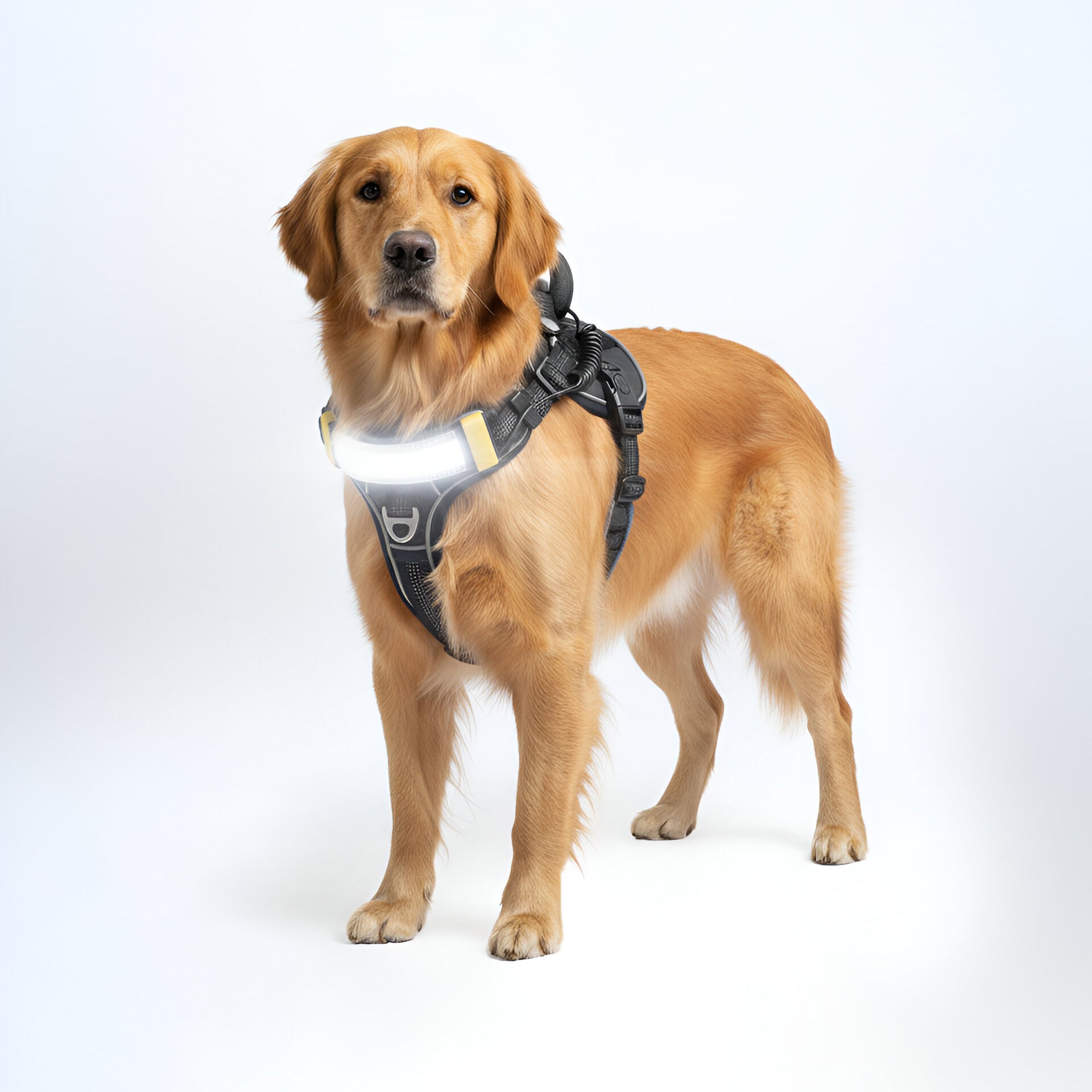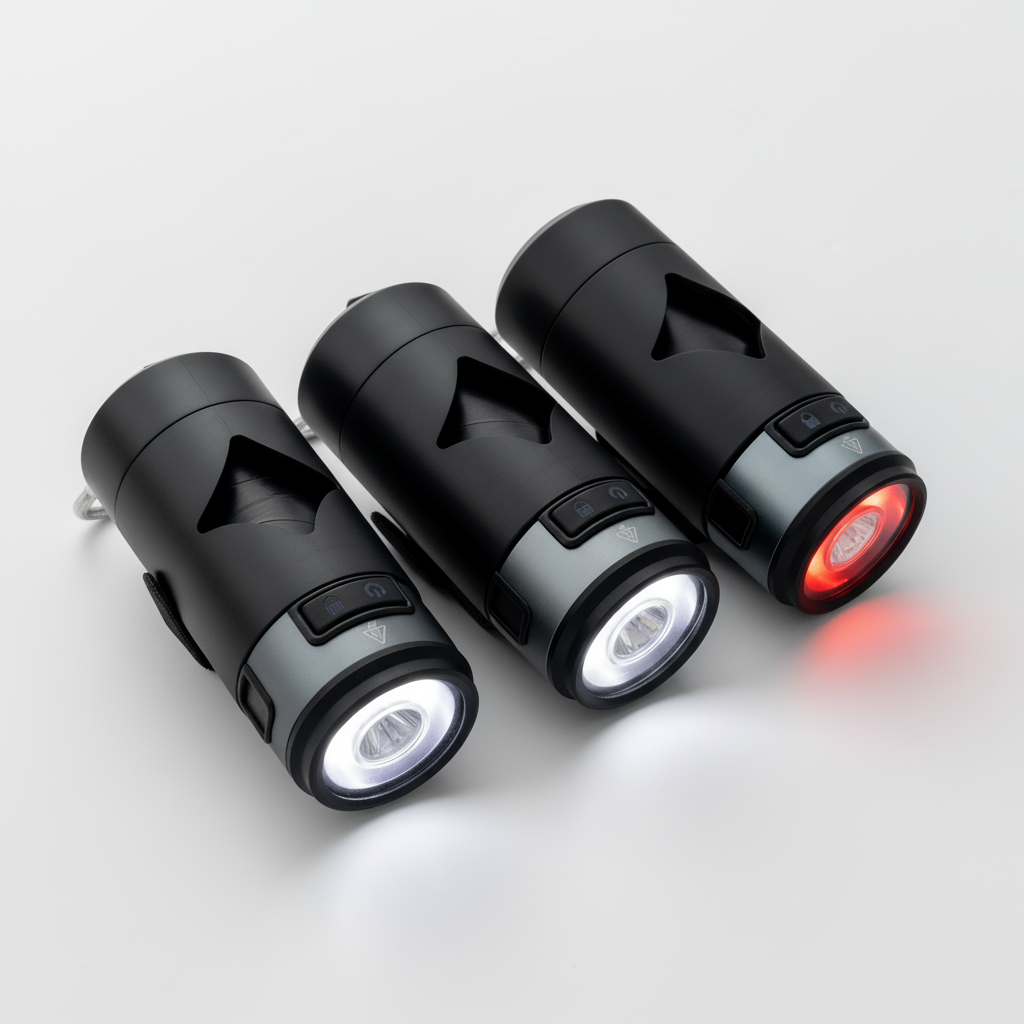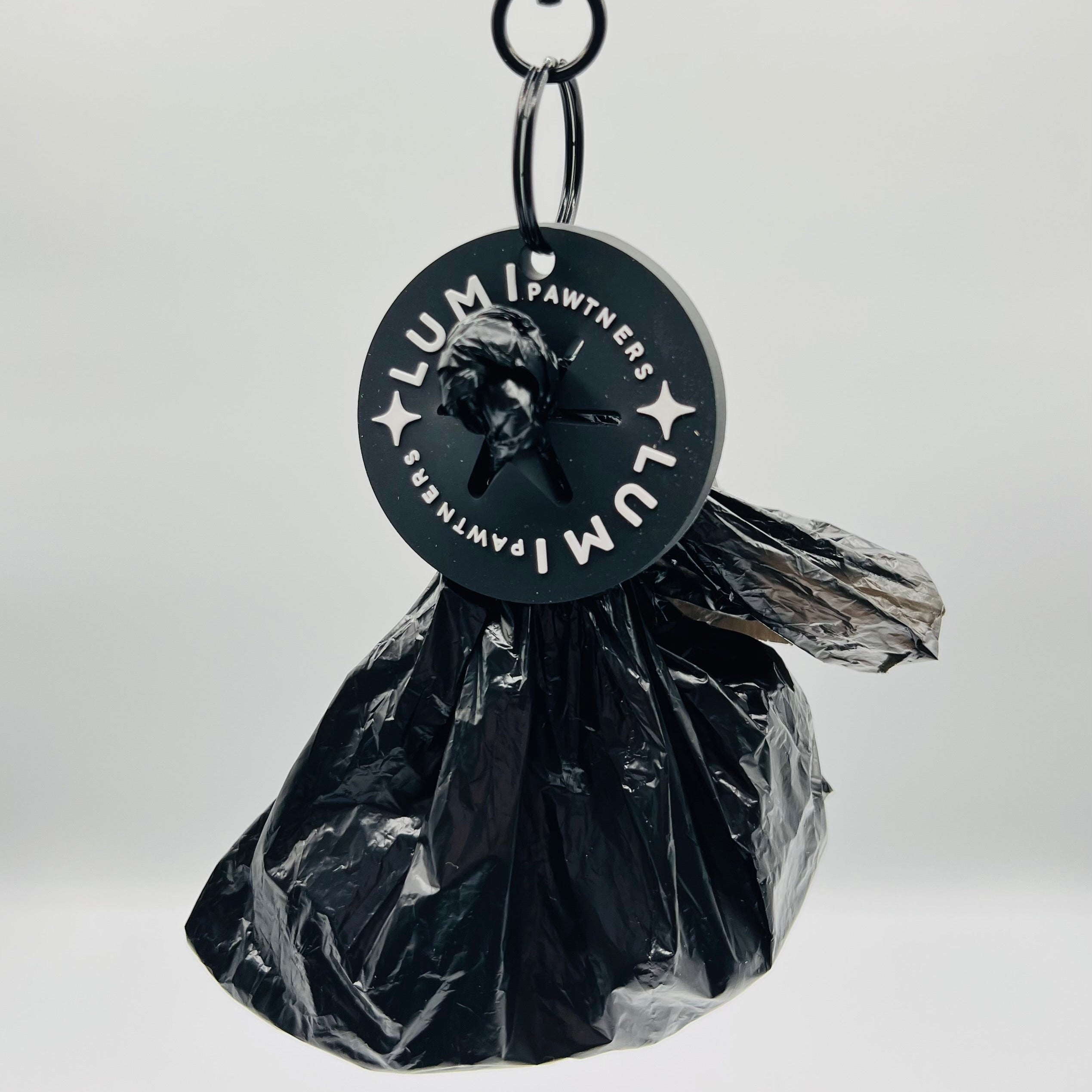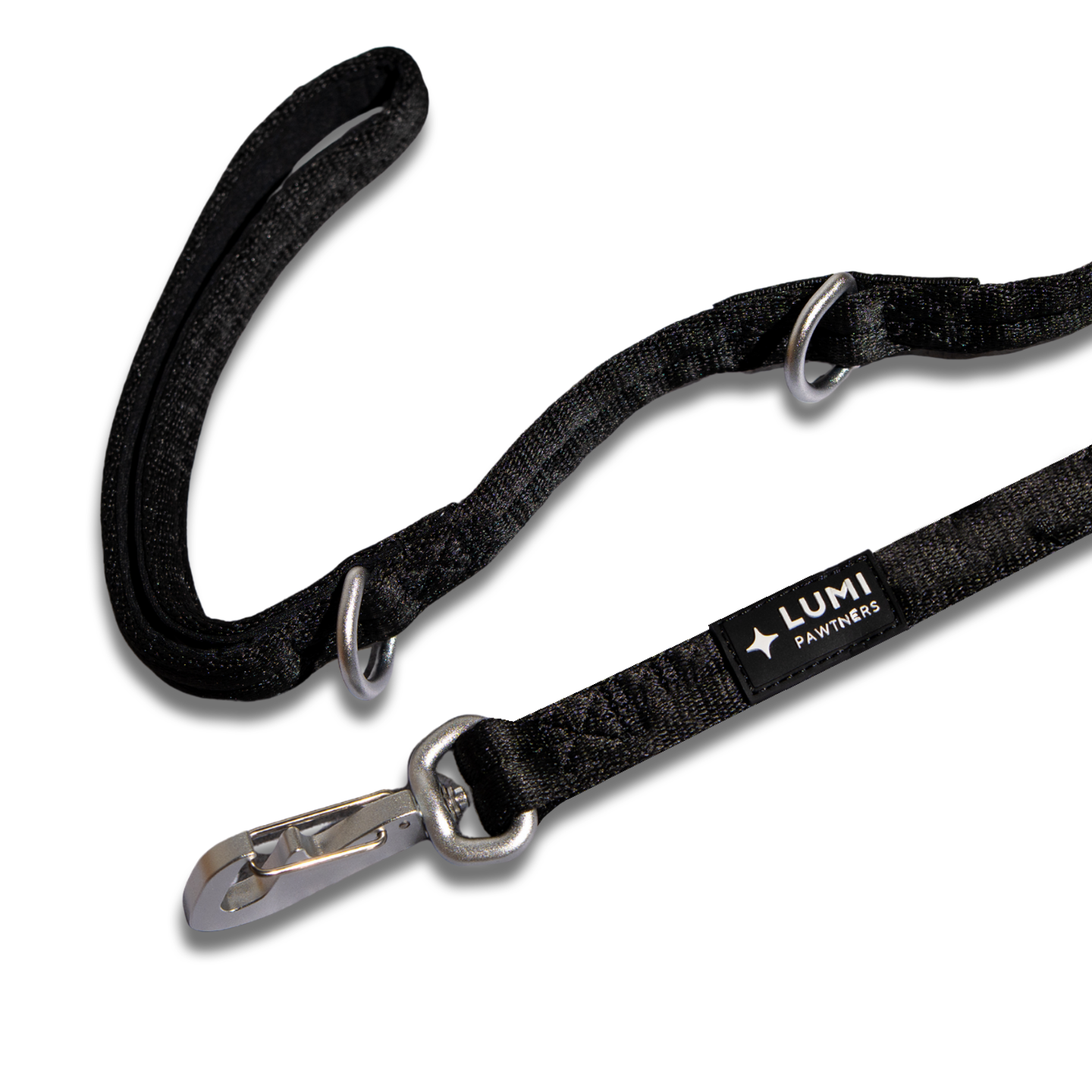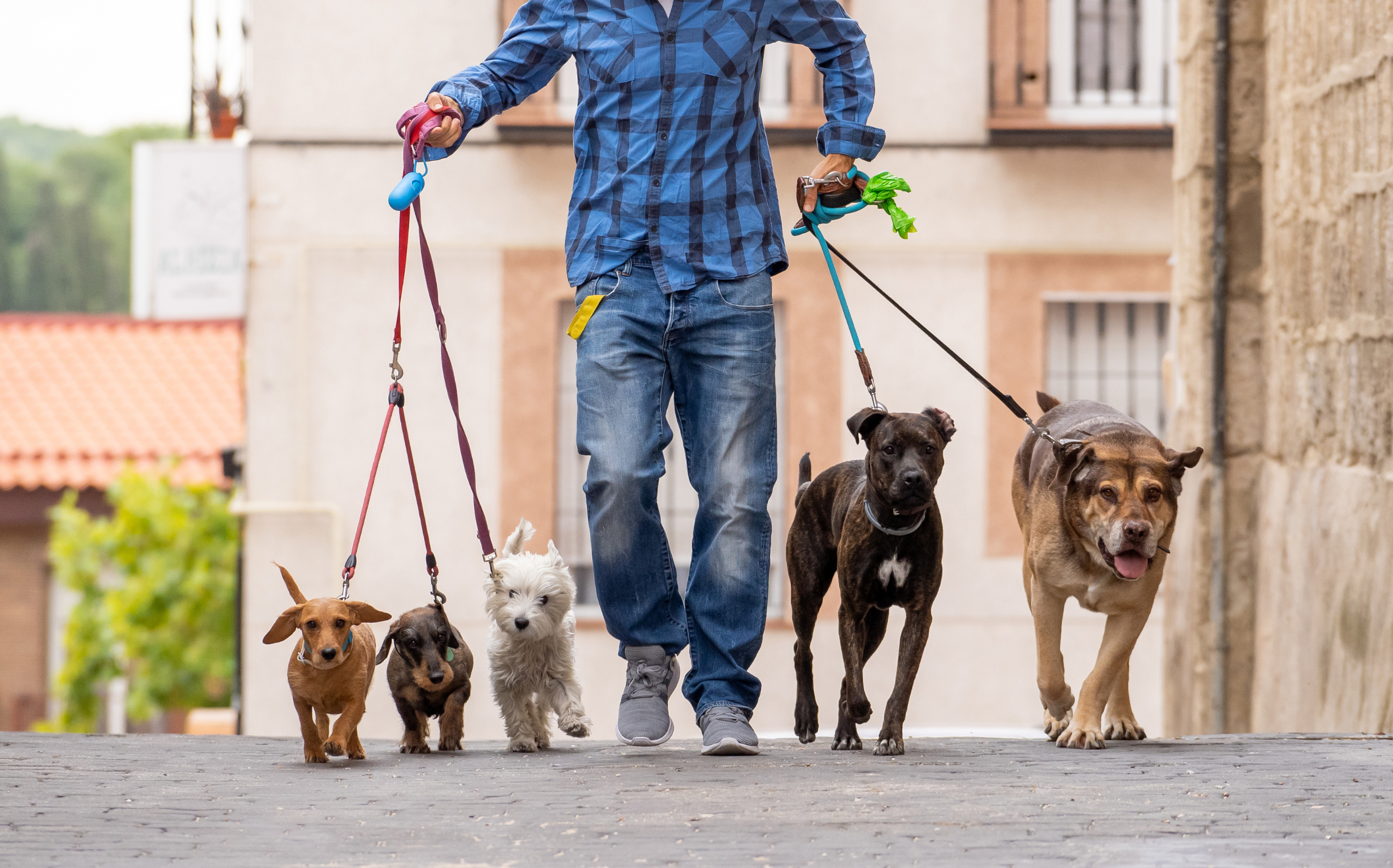How to Leash Train a Dog (Without Losing Your Mind)
Picture this: You clip the leash on your dog, open the door full of optimism, and within three seconds you're being yanked down the sidewalk like you're waterskiing behind a very enthusiastic, four-legged speedboat. Your arm feels like it's going to detach. Your dog is choking themselves but doesn't seem to care. Passersby are giving you that look.
Sound familiar?
Here's the truth: leash training isn't optional, it's not something that just "happens naturally," and yes, it's going to require actual effort. But it's also one of the most important skills you can teach your dog. For their safety, your sanity, and your ability to actually enjoy walks together instead of dreading them.
The good news? With the right approach, even the most enthusiastic puller can learn to walk nicely. Let's talk about how to actually make that happen.
What Leash Training Actually Means
Leash training isn't about turning your dog into a robot that walks in perfect formation. It's about teaching them to walk calmly beside you without pulling, lunging at every squirrel, or treating the leash like it's personally offensive to them.
It's communication. When your dog understands what you expect (and why following your lead leads to good things), walks transform from a battle of wills into actual quality time together.
A well-leash-trained dog isn't just easier to walk. They're calmer, less reactive, more focused, and generally just... happier. Because they understand the routine, they know what's expected, and they're not constantly stressed by pulling against resistance or getting corrections.
Why This Actually Matters
Beyond the obvious benefit of not getting dragged through your neighborhood, leash training is genuinely important for several reasons:
Safety, first and foremost. A dog that listens on a leash won't dart into traffic, chase a cat into danger, or get into altercations with other dogs. That leash is literally a lifeline, and teaching your dog to respect it could save their life.
Behavioral benefits. Dogs that understand leash manners tend to be less anxious overall. They've learned impulse control, which translates to better behavior in general. Research shows that dogs trained with positive reinforcement methods (which is what we'll be using here) are less stressed and have better relationships with their owners.
You'll actually want to walk them. Let's be real: if walking your dog feels like a workout you didn't sign up for, you're going to walk them less. And we already covered in our other guide why skipping walks isn't an option. Proper leash training makes walks enjoyable, which means you'll do them more often, which means your dog stays healthier and happier.
Starting with Puppies: Do It Right from the Beginning
If you've got a puppy, congratulations. You're in the best possible position. Young dogs are like sponges, and if you start leash training early, you can prevent bad habits before they even form.
According to PetMD, you can start leash training as early as 8 weeks old, though most experts recommend beginning around 8-10 weeks when puppies are naturally following you around anyway. This is their critical learning window, and what they learn now sticks.
Begin Inside (Seriously, Don't Skip This)
I know you're excited to show off your adorable new puppy to the neighborhood. But resist that urge for a minute. Start leash training indoors where it's quiet and there are zero distractions.
Let your puppy wear their collar or harness around the house for short periods. Just let them be. Maybe even attach the leash and let them drag it around while you supervise. (Never leave them unattended because leashes can get caught on things.)
The goal? Make the leash boring. Just another thing that exists. No big deal.
Once they're comfortable with that, pick up the leash and follow your puppy around. You're not leading yet, you're just there. Then, try calling them to you with treats and enthusiasm. When they come to you while on leash, jackpot with treats and praise.
Only after all of this becomes easy and fun should you try actual walking, still indoors at first. A hallway works great. Take a few steps, reward your puppy for staying near you, repeat.
The Power of Positive Reinforcement
This isn't just feel-good fluff. Science backs this up. Positive reinforcement (rewarding good behavior instead of punishing bad behavior) is more effective, creates less stress, and builds a better relationship between you and your dog.
Keep high-value treats on hand. Not their regular kibble but the good stuff. Tiny pieces of chicken, cheese, hot dog, whatever makes your puppy lose their mind. Every time your puppy walks beside you nicely, treat. Makes eye contact? Treat. Doesn't pull? Treat, treat, treat.
In the beginning, you're rewarding constantly. Like, every few seconds. As they get better, you can space it out. But never stop rewarding good behavior entirely.
Take It Outside Gradually
Once your puppy is comfortable walking indoors, move to your backyard or front yard. Then a quiet sidewalk. Then gradually busier areas.
Keep initial outdoor walks short. Just a few minutes. Your puppy is experiencing sensory overload out there. Every smell, sound, and sight is brand new and fascinating. Be patient.
If they pull, stop walking. Just stand there like a statue. Wait for the leash to go slack, then praise and continue. This teaches them: pulling = we stop, loose leash = we move forward.
Training Adult Dogs: It's Never Too Late
Got an older dog with terrible leash manners? Don't panic. Adult dogs can absolutely learn to walk nicely. It just might take a bit more time and patience, especially if they've been practicing bad habits for years.
Identify and Redirect Bad Habits
First, figure out what your specific challenges are. Does your dog pull constantly? Lunge at other dogs? Bark at everything? Weave all over the place? Bite the leash?
Each issue needs a slightly different approach, but the core principle stays the same: redirect unwanted behavior to something better, and reward the good stuff.
For pulling, use the stop-and-go method we mentioned earlier. Every. Single. Time. They pull, you stop. No exceptions. Yes, your first few walks will be painfully slow. Stick with it.
For lunging or reactivity toward other dogs, you need to work on distance and distraction. If you see another dog coming and your dog starts to lose it, you're too close. Create more space, get your dog's attention back on you with treats, and work on gradually decreasing that distance over many sessions.
Never yank, jerk, or physically punish. This increases anxiety and can actually make reactivity worse. You want your dog to associate other dogs (or whatever the trigger is) with good things, not with getting hurt.
Consistency Is Everything
Dogs don't generalize well. Just because they walk nicely on Monday doesn't mean they'll remember on Tuesday. You need repetition and consistency.
Try to walk at the same times each day using similar routes (at first). Use the same commands every time. Pick words and stick with them. If multiple people walk your dog, everyone needs to use the same approach.
This predictability helps your dog understand what's expected. Over time, the behavior becomes habit.
When to Call in the Pros
Sometimes you need backup, and that's completely okay. If your dog shows signs of fear-based aggression, severe anxiety, or reactivity that you can't manage, working with a certified dog trainer or veterinary behaviorist is smart, not shameful.
Look for trainers who use positive reinforcement methods. Ask about their certifications. Avoid anyone who talks about "dominance," recommends choke chains or prong collars, or says they'll "break" your dog of a habit. Modern veterinary behavior science doesn't support those approaches.
Common Mistakes That Make Everything Harder
Even well-intentioned dog owners mess up leash training. Here's what to avoid:
Yanking the Leash
When your dog pulls, your instinct might be to yank them back. Don't. It doesn't work, it can hurt your dog (especially small dogs or breeds prone to tracheal issues), and it damages trust.
Instead, stop walking. Wait for your dog to look at you or return to your side. Then reward and continue. Patience wins here, not force.
Inconsistent Commands
"Heel" one day, "walk nice" the next, "stop pulling!" the next. Your dog has no idea what you actually want. Pick your words and stick with them. Forever.
Skipping the Basics
You can't teach your dog to walk perfectly in a busy park if they don't even understand walking indoors. Build the foundation first. It's boring, but it works.
Don't rush. Every shortcut you take now will cost you time later when you have to backtrack and fix problems.
The Right Gear Makes a Difference
Equipment matters. Not because you need expensive stuff, but because having the right tools makes training easier and safer.
Leash: A standard 4-6 foot leash (nylon or leather) gives you control while allowing some freedom. Skip retractable leashes for training. They teach dogs that pulling equals more length, which is the opposite of what you want.
Collar vs. Harness: For most dogs, especially those who pull, a front-clip harness is your best friend. It redirects pulling behavior by turning your dog back toward you when they pull. This is way more effective (and safer) than a collar for dogs who haven't learned loose-leash walking yet. We covered this in detail in our harness vs. collar guide, but the short version: harnesses protect your dog's neck and give you better control.
Treats: High-value, tiny pieces. You'll need a lot initially. A treat pouch that clips to your waist is way easier than fumbling with pockets.
Poop Bags: Not technically training gear, but you'll thank yourself for having them easily accessible. Nothing disrupts training flow like hunting for a bag while your dog looks at you judgmentally.
Long-Term Success: Making It Stick
Leash training isn't a "learn it once and done" thing. It's ongoing. Here's how to maintain good behavior:
Practice in different environments. Once your dog nails it in your neighborhood, try new places. Different parks, downtown, trails. New environments are harder, but they build reliability.
Keep them engaged. A bored dog stops paying attention to you. Bring treats on every walk (at least occasionally) to randomly reward good behavior. Keep yourself interesting. Talk to your dog, change pace, make walks fun.
Celebrate small wins. Did your dog walk past another dog without losing their mind? Huge deal. Praise them. Did they make it a whole block without pulling? Party time. Positive reinforcement builds long-term habits.
The Bottom Line
Leash training requires time, patience, and consistency. Your first few sessions might be frustrating. Your dog might not "get it" right away. You might feel like you're doing it wrong.
Keep going anyway.
Every walk where you stop when they pull, reward when they don't, and stay consistent with your cues is building the foundation. Even when it feels like you're making no progress, you are. It's just slow progress, which is the only kind that actually lasts.
A well-leash-trained dog opens up your world. You can take them places. Walks become enjoyable instead of stressful. You're not embarrassed when neighbors see you. Your shoulders don't hurt from constant pulling.
And most importantly? You and your dog build a better relationship. Because they trust you to guide them, and you trust them to follow.
That's what leash training is really about. Not perfect heel position, but partnership.
Now grab that leash, take a deep breath, and start small. Your dog is ready to learn. The question is: are you ready to teach them?
Quick FAQ
How long does it actually take to leash train a dog?
Real talk: it varies wildly. Puppies might show solid improvement in 2-4 weeks if you're consistent with daily practice. Adult dogs with ingrained bad habits might take several months. And honestly? "Done" is relative. Even well-trained dogs benefit from ongoing reinforcement. Plan on dedicating 10-15 minutes daily to practice for at least a month, then maintain those skills indefinitely. The timeline depends on your dog's age, personality, previous experiences, and how consistent you are.
What age should I start leash training my puppy?
Start as soon as they come home, typically 8-10 weeks old. This is the sweet spot where puppies are naturally receptive to learning and haven't developed bad habits yet. You're not doing formal "walks" at this age (they're not fully vaccinated anyway), but you're building positive associations with the leash and basic walking beside you. The earlier you start, the easier the whole process becomes.
My dog pulls like crazy. What's the fastest way to fix it?
There's no fast fix. Anyone promising one is lying. But the most effective technique is simple: stop walking every time they pull. Stand completely still. Wait for the leash to go slack (even if they have to come back to you to achieve it). Then praise and continue walking. Repeat approximately 8,000 times. Okay, not really, but it'll feel like it at first. Most dogs start catching on within a week or two if you're absolutely consistent. A front-clip harness helps a lot too.
Can I leash train an older dog that's never walked on a leash before?
Absolutely yes. Older dogs can definitely learn. They just need more patience and a gentler approach. Start exactly like you would with a puppy: introduce the leash indoors, build positive associations, practice in quiet spaces before moving to more challenging environments. The principles don't change with age, just the timeline. Some older dogs pick it up surprisingly fast because they have better attention spans than puppies. Others take time. Either way, it's totally doable.
What if my dog refuses to walk or just sits down?
This usually comes from fear, not stubbornness. Don't drag them or you'll make the fear worse. Instead, kneel down and encourage them with treats and an excited voice. If they take even one step, jackpot reward. Build from there. Sometimes puppies do this because they're overwhelmed by the outside world. Start with shorter sessions in less stimulating places (your backyard) and gradually build confidence. If an adult dog suddenly refuses to walk, rule out medical issues first. Pain from arthritis or other conditions can cause this behavior.
Should I use a choke chain or prong collar for training?
No. Just no. These tools work through discomfort or pain, and modern veterinary behaviorists recommend against them. They can damage your dog's trachea, increase anxiety and aggression, and hurt your relationship. They're also unnecessary. Positive reinforcement methods work just as well (actually better) without the risks. If your dog pulls severely, try a front-clip harness first. If you're still struggling, work with a certified positive reinforcement trainer, not someone who relies on punishment-based tools.
Is it okay if my dog pulls sometimes?
Not if you're trying to teach them not to pull. Inconsistency confuses dogs. If you allow pulling on Tuesday but stop them on Wednesday, they don't understand the rule. Pick one approach and stick with it on every walk. That said, you can teach different cues for different situations. Maybe "heel" means strict walking, while "okay" means they can sniff and explore with a loose leash. As long as the rules are consistent, dogs can learn the distinction.
